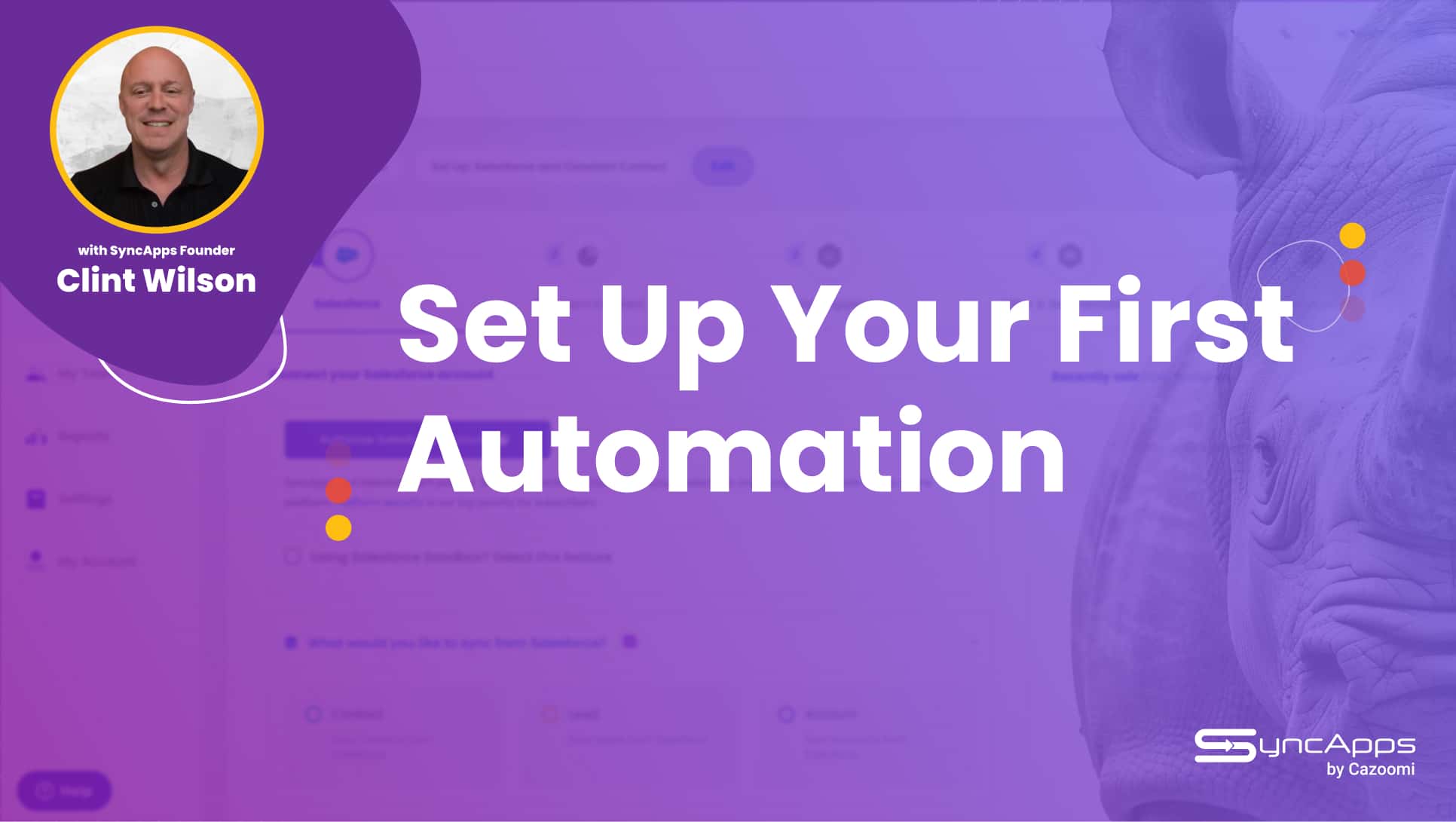5 Ways to Align Your Data Strategy With Business Goals

The online world is brimming with data. Even small and medium-sized businesses handle copious amounts of data daily, so optimizing it to its full potential is crucial. But how will your data strategy work within your company?
Let’s examine how to create a data strategy and align it with your business goals.
What is a Data Strategy?
Simply put, a data strategy maps out how data will be managed in your business. Consider it a long-term roadmap that specifies the rules for handling information your business collects, from the technology you use to store data to the people and processes used to protect it.
A data strategy should help you overcome the big data challenges of collecting, storing, and analyzing data.
It should also cover security and privacy issues, such as secure data share, as mistrust is becoming a serious issue with consumers as their information becomes more accessible to businesses.
5 Steps for Aligning Your Data Strategy and Business Goals
It’s never too early – or late – to create a data strategy.
If you’re an early-stage business, you’re likely developing a business plan and considering domain name registration to establish your brand’s online presence.
Creating a data strategy is a logical next step. After all, in today’s digital landscape, you should consider how essential data is to your business and where it can be used to further your goals.
If your data strategy and business goals are not in sync, it can be costly for your business. You may be collecting data you won’t use, or your company could be sitting on a gold mine of data you didn’t even know you had!
However, developing a data strategy means you could benefit from the following:
- Informed decision-making
- Accurate forecasts and insights into the company’s performance
- Ability to track progress towards your business goals
- Improved efficiency
- Increased profits
Ready to create your data strategy? Here are five ways to effectively align your plan with your business goals for maximum impact.
- Decide How Data Will Be Used
For your data strategy to match your business goals, you must first identify precisely where you want to use data in your company, including Data Syndication (eCommerce). Data syndication for eCommerce, which involves sharing and distributing product data across multiple platforms and channels, is particularly crucial for businesses looking to expand their online presence and reach a wider customer base.
Incorporating data analytics into your data strategy will enable you to make informed decisions and accurate forecasts based on the insights gained from analyzing the collected data. Many businesses make the mistake of looking at the data, then trying to create business goals and strategies around this. But it would help to make the data work for your business needs.
Looking at your business strategy, figure out where the gaps are. Where would the use of data be most effective? Do you need help with your primary business goals? Could any of your goals be achieved more quickly with the assistance of data?
For example, if you want to maintain customer relationships, you may consider CRM automation. You can automate tedious, repetitive tasks like data entry and syncing. Collected data would also provide insights allowing you to make adjustments based on customers’ needs.
It’s also crucial to talk to managers, and department leads to discuss common challenges or barriers they have come up against. Keep these issues in mind when you create your data strategy to ensure it’s valuable for the whole company. This will also boost productivity and employee engagement as everyone will be working towards a common goal.
- Identify Data Sources
Of course, there’s no use creating a strategy without understanding what data you use and where it’s coming from. Whether you’ve explored web scraping uses and extracted data from your website or used your CRM systems, it’s essential to have a clear understanding of the data sources and how they contribute to your overall strategy.
Look at your data as a whole – where is data stored, and who has access to it? Without this information, you won’t be able to organize, use, or protect your data properly.
These days, companies collect a wealth of data on their customers and track employees, and this data must be protected. As consumers become increasingly aware of how much information companies actually have on them, trust is waning. So you need to be transparent about how you are collecting and using their data.
Examples of data sources include the following:
- Internal databases: These could be reports or records.
- Statistical data: Information gathered from surveys, questionnaires, or statistical reports.
- Remote sources: This includes IoT remote access devices and other sources that can be connected remotely, including smartwatches, medical sensors, smart security cameras, and security systems
- Streaming data sources: These sources collect real-time data and include apps, location-based data, retail inventory management, and server log files.
- Examine Your Data Maturity
Data maturity refers to the level at which a company collects, stores, and analyzes data.
A company with a low level of data maturity will likely leave data management to the professionals within their department. In contrast, a company that is considered to have a high level of data maturity involves employees across the company in its data processes. Moreover, they encourage employees to learn to use different tools, including Microsoft Azure that will help them with data analysis and visualization. Using Azure cost optimization tools can also be a valuable part of this strategy, helping the company efficiently manage its cloud resources and minimize unnecessary expenses
To align your data strategy with your business goals, you don’t need to become a company of data experts suddenly. That said, every employee should at least know how data is relevant to their role. In turn, this will ensure everyone understands their individual role in achieving wider company goals.
Do you know the data maturity of your company? If you’re not sure, ask yourself these questions:
- How many people in your company are involved in the collection, processing, and management of data?
- How many data-specific roles are there?
- What technology do you use to collect and store data?
- How do you analyze your data?
- Is the data you collect high-quality?
One crucial indicator of a company’s data maturity is its data backup strategy. Business data can contain names and birth dates, home addresses, current locations, as well as other sensitive information. This kind of data, in particular, needs to be stored and backed up securely.
If you don’t have a plan to keep data secure, you need one immediately. It’s your responsibility as a business to ensure you look after customers’ private information. Information leaks not only risk your reputation but also the security of your consumers. So make sure to use reliable data security tools including an enterprise password manager to keep all your data safe from any potential attacks.
- Consider Return on Investment
Is your data worth the investment? When looking at business goals, profits are always high on the list of importance. So your data strategy needs to look at the return on investment (ROI).
In monetary terms, this is calculated by dividing your investment by profit and multiplying by 100. But looking at the wider picture, how will data benefit your company as a whole? Will it save time as well as money?
Your data strategy should focus on working with the business goals that have the highest ROI and those that can be significantly accelerated with the use of data. Consider whether you have the required data or whether it is worth investing in the technology to get it if you don’t.
In addition, look at whether employees have the skills and expertise to work with the technology you need. Would training the current workforce be cost-effective, or would you need to take on new employees?
For example, a cost-effective way of streamlining your business operations is automation and integration of Sales and Marketing. Automation software takes over manual tasks, leaving employees free to do other work.
You are saving money because it costs less to use automation. But you are also saving time as the software can complete tasks faster than a human. This also frees up employees, who can now complete other tasks.
- Communicate With Employees
Employees are the core of your business, so they need to know your data strategy as well as you do.
A new strategy in an existing business may mean changing the way certain things are done. Employees already involved in data management may have some insightful ideas. Those who have had less to do with data in the past may need training.
Managing a large database of information can be challenging, especially for less tech-savvy employees. This is why many companies choose to have a data mart for each business area.
Think of it like a small database that contains only the specific data needed for each department. Having simple data mart architecture means employees can access the data they need easily.
Effective communication means employees will have all the necessary resources to work towards business goals successfully. Your company can also save space rather than storing multiple copies of datasets used by multiple departments. Furthermore, implementing email tracking tools can provide valuable insights into how data is utilized and shared within the organization.
Utilize Data to Achieve Your Business Goals
Modern businesses should never underestimate the power of data. You may already be collecting it, but optimizing data is an essential step in measuring the effectiveness of KPIs and achieving wider business goals.
As you create a data strategy, consider how data fits into your business and which team members will be instrumental in managing it safely.
Essentially, your data management plan should become a part of your business strategy, supporting progress toward your business goals.
All employees should be informed of how data will assist them in their roles and briefed on privacy when using data.
Don’t get overwhelmed by the amount of data out there. There’s no point wasting your business’ time and resources collecting information that is not needed. Remember, this is all about finding a way to make big data work for your company, not the other way around.




